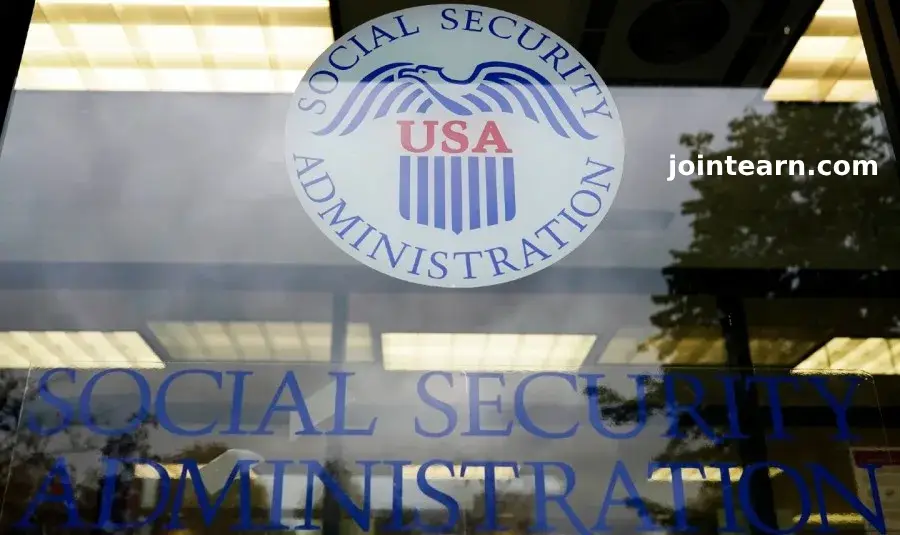In April 2025, significant changes were introduced to Social Security policies, affecting identity verification processes. The latest updates have sparked confusion and concerns, particularly regarding how the Trump administration’s actions may influence Social Security, especially with rumors of fraud and administrative cuts. Here’s a comprehensive guide to the newly implemented Social Security policy, including everything you need to know to stay ahead.
Key Updates to Social Security’s Identity Verification Process
The Social Security Administration (SSA) initially announced plans to eliminate phone-based identity verification for individuals applying for Social Security benefits or making changes to their direct deposit details. Instead, people would have to either sign up online through the “My Social Security” account or visit a Social Security office in person.
However, following public backlash, the SSA made revisions. As of April 14, 2025, the rule now states that individuals can still complete all claims over the phone. However, if the SSA detects any irregularities, you may be asked to verify your identity in person. These changes are part of an ongoing effort to enhance security while balancing accessibility.
Changing Direct Deposit Information: New Requirements
If you’re looking to update your direct deposit information, you’ll need to do so through your “My Social Security” account online, or visit a Social Security office in person. For paper applications related to retirement, survivors, spouse, or child benefits, you will also need to go to a local Social Security office.
While the SSA aims to make identity verification more secure, these rules may continue to evolve. Chris Orestis, president of Retirement Genius, emphasized that revisions to the identification process are still subject to change.
Why You Should Create a My Social Security Account
The SSA’s move toward online identity verification underscores the importance of setting up a “My Social Security” account, even if you’re not planning to apply for benefits immediately. Rachel Gustafson, certified financial planner at Financial Investment Team (FIT), recommends creating your account as soon as possible. This ensures that any login issues or access problems are identified early, avoiding future delays when you need it most.
Gustafson also cautioned that scheduling in-person appointments could take weeks or even months, depending on your location. Creating an online account now will give you a head start in managing your benefits and help you stay on top of any upcoming changes.
Ensuring Your Account is Secure
When creating a new “My Social Security” account, make sure to use a strong password and store it in a safe location. Danielle K. Roberts, founder of Boomer Benefits, advises being diligent with account security, especially as digital platforms become more integral to Social Security management.
Benefits of the New Policy: Fighting Fraud and Protecting Payments
While some seniors may worry about the transition to online systems, many experts see these changes as essential to modernizing Social Security. According to Roberts, the policy update will help reduce fraud and protect Social Security recipients from identity theft and fraudulent claims.
With the rise of scams targeting retirees—especially fraudulent changes to direct deposit details—these new identity verification methods aim to safeguard Social Security payments. The SSA’s focus on online security will help ensure that the millions of retirees depending on timely payments are protected from financial hardship due to fraud.
What to Do If You Don’t Have Computer Access
Not everyone has reliable access to a computer, and for some, the digital shift may pose challenges. Ironically, many of those who are most reliant on Social Security benefits may also struggle with technology. According to Orestis, individuals who face physical mobility or transportation issues may have difficulty accessing a Social Security office, especially as some offices are already understaffed.
In such cases, if telephone verification fails or if you need to make in-person changes, scheduling appointments can become increasingly difficult. Therefore, it’s important to plan ahead and start familiarizing yourself with the online systems or explore local resources that can assist with accessing services.
Preparing for the Future: Plan Ahead for Social Security Changes
As the SSA continues to refine and update its identity verification processes, it’s critical to stay informed about future changes. The shift to online verification is part of a broader trend to modernize Social Security, and while it may be challenging for some, it’s ultimately designed to improve security and protect beneficiaries.
Experts like Gustafson recommend planning ahead and setting up your online account early to avoid complications. Whether you’re just starting to think about Social Security or are nearing retirement age, taking proactive steps now can ensure you’re well-prepared for whatever changes come next.
Final Thoughts
The new Social Security identity verification policy introduces significant changes that affect how benefits are managed and updated. As the SSA moves toward a more secure and streamlined process, staying ahead of these changes—whether through creating an online account or understanding the rules for direct deposit changes—will ensure you’re not caught off guard. With careful planning, the transition to these new systems can be seamless, providing greater security for your benefits while minimizing the risk of fraud.
By understanding the new policy, acting early, and utilizing the resources available, you can ensure that your Social Security benefits remain secure and accessible throughout your retirement.












